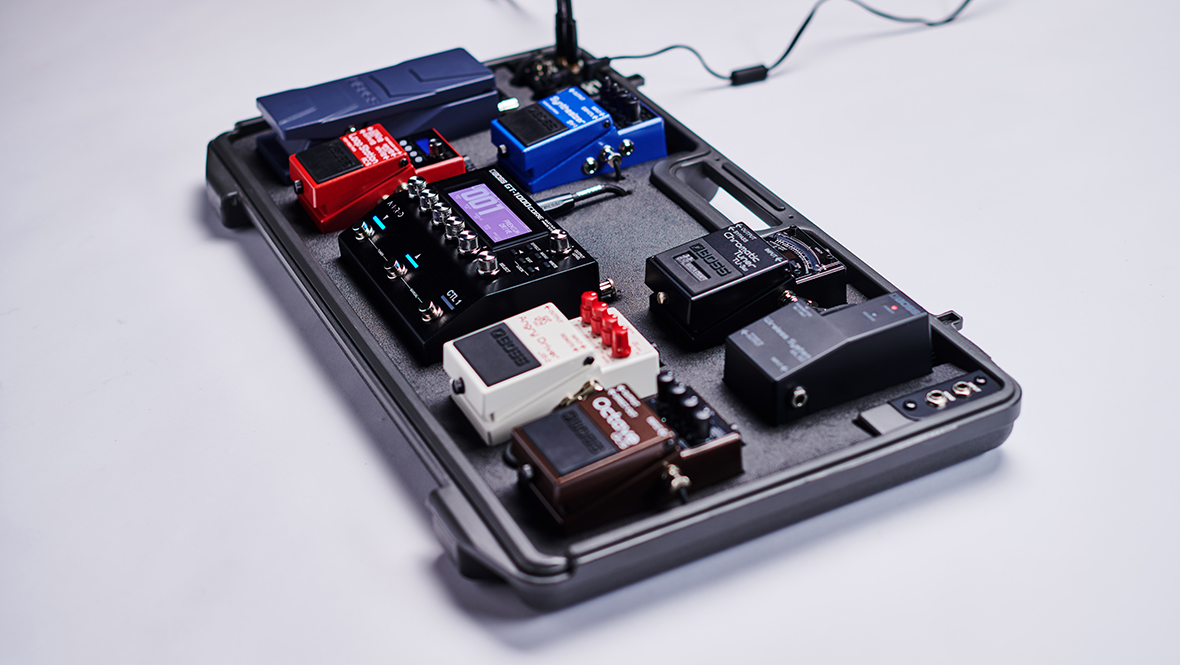For guitar players, tone is the Holy Grail, the ultimate quest. We live in a golden age of specialized music tools, and there are endless ways to craft your signature sound. But, like many things in life, you can’t achieve great results without a solid foundation. Musically speaking, that means keeping your guitar’s signal strong and consistent from your fingers to the listeners’ ears. Fortunately, that’s easy to achieve with a high-quality buffer. To get the best tone out of your rig every time you plug in, it’s important to understand the following principles and use them to inform your cable and pedal decisions.
Electric Guitars and Cable Capacitance
If your electric guitar is equipped with passive pickups (ones that don’t require an onboard battery to run), then it likely has a high-impedance output. They are the norm in the electric guitar world, making up most instruments out there. Passive pickups are very sensitive to your playing dynamics, which is why we love them. But they’re also very sensitive to capacitance in the signal path as the sound travels to your amplifier.
When you connect your guitar to an amplifier or effects device, you’re creating an electrical circuit. The cable connection introduces capacitance into the circuit, forming a low-pass filter that rolls off high frequencies. As the cable length (and capacitance) increases, this roll-off becomes more and more audible. The resonant frequency of the circuit also changes with the cable length, affecting your tone in subtle ways.
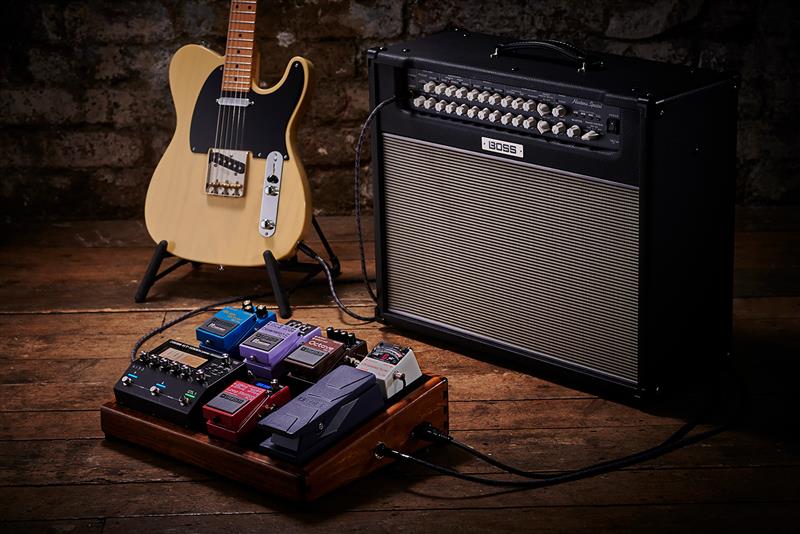
Your Cables Are Longer Than You Think
At about 18 feet of cable length, you can begin to hear and measure the reduction in treble frequencies caused by capacitance. The cable’s design will also influence things (sometimes even at shorter lengths), which is why there’s a lot of voodoo about different makes of guitar cables.
If you always plug directly into your amp, just use a cable that’s 18 feet or less and be done with it. But if you like using pedals, you’ll usually need a lot more cable length than that. Think about it—with most amps, it’s anywhere from two to five feet from the input to the floor. If your pedalboard is 15 feet from the amp, you need at least 17 feet of cable. Since you can hear tone loss at 18 feet, you’re already close to the limit before plugging into the front of your board!
In the real world, you might be using 40-plus feet of cable in total. And that’s not counting the cables between your pedals, which can add several more feet depending on how elaborate your rig is.
"True bypass means that the signal from your guitar passes through the pedal unaltered when the pedal’s effect is turned off."
The Truth About True Bypass
It’s often touted that using only true-bypass pedals is the road to better tone, but that’s usually not the case. True bypass, by definition, just means that the signal from your guitar passes through the pedal unaltered when the pedal’s effect is turned off.
Let’s assume that you have only one pedal, a true-bypass pedal, in your rig. What happens when you turn it on? The pedal electronically acts on the signal and does its thing to your tone, be it modifying frequencies, amplifying, or whatever it’s designed to do. But when you turn it off, you take away those tone-enhancing electronics, creating nothing but a long cable between your guitar and amp.

This brings us back to the tone-sucking conundrum of cable length—in your effort to keep your sound pure via true bypass, you’re unwittingly changing your tone, and probably not for the better. It’s not the pedal’s fault; it’s just that true bypass does nothing to solve the fundamental problem of signal degradation introduced with cable length.
Buffers to the Rescue
A buffer—short for “buffer amplifier”—lowers the output impedance, strengthening the weak high-impedance guitar signal so it can run over longer cable lengths with no tone degradation. When using a dedicated buffer pedal or an effect pedal that includes a buffer, the signal from that point on is always clean and consistent (electronically speaking), no matter whether the pedal’s on or off. You can also run very long cable lengths—usually as much as 100 feet after the buffer—with little to no signal loss.
"A buffer lowers the output impedance, strengthening the weak high-impedance guitar signal so it can run over longer cable lengths with no tone degradation."
For this reason, all BOSS pedals include buffer circuits. Of course, top pedalboard designers are hip to this fact, too, and they almost always incorporate buffers in the rigs they build, using custom-made circuits or buffered pedals like those from BOSS.
Buffered Pedals in Use
Many players who use true-bypass pedals have found that using a BOSS pedal either at the beginning or end of the pedal chain mitigates the unintended effect that true-bypass pedals have on a high-impedance signal path. This is one of the many reasons the BOSS TU-3 Tuner is so popular; besides providing a great tuner, using a TU-3 at the front of a pedalboard buffers the signal to the subsequent pedals, keeping it clear and strong.
Some pedals can be finicky with buffers, particularly vintage-style fuzz pedals that use germanium transistors. They usually sound their best when your guitar is plugged into them first. In these situations, you can simply place a BOSS pedal in the middle or end of the chain to introduce its beneficial signal-buffering effect. Just remember to keep your total cable length before the BOSS pedal as short as possible (18 feet or less) for the best results.
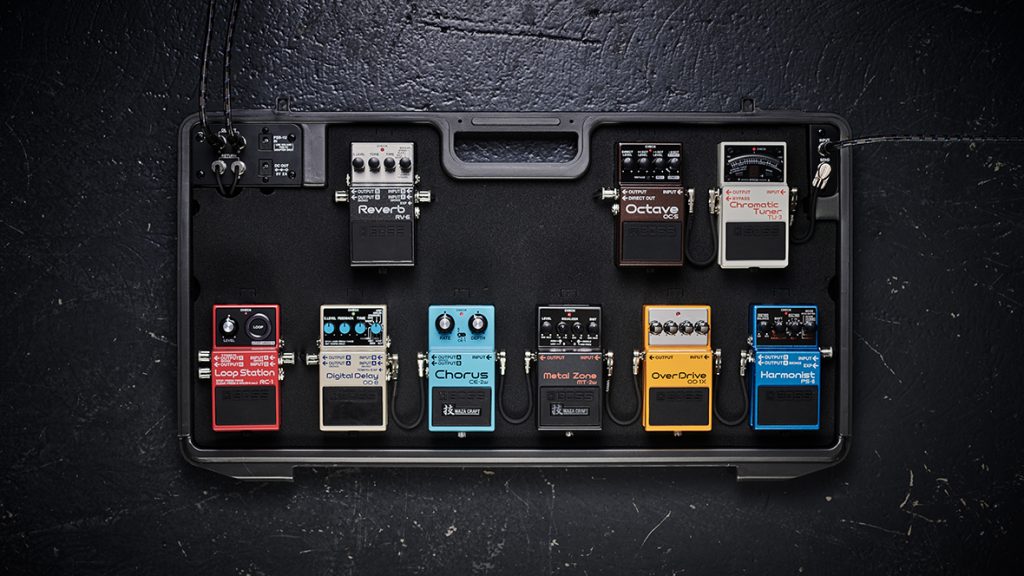
A Direct Solution
When you try to connect your guitar to a low-impedance 1/4-inch input on a mixing console or computer recording interface, the tone will typically be thin and brittle because of the impedance mismatch. Most modern consoles and interfaces provide one or more dedicated instrument inputs for guitars and other high-impedance signals, but some don’t. An add-on device called a direct box (or “DI”) is a common solution here. BOSS offers the DI-1, a full-featured active DI that provides both balanced XLR and unbalanced 1/4-inch outputs.
But in a pinch, you can simply use a BOSS compact pedal in bypass mode. Its buffer allows it to function as a simple direct box, so you can connect your guitar to nearly any low-impedance 1/4-inch input and retain your tone. You probably won’t want to be plugging into a mixer for distorted guitar tones, but you may have occasion to if you want to capture a snappy clean sound for recording or practice. On a recording interface, the BOSS buffer will provide a solid signal for clean direct tracks or processing with amplifier modeling plug-ins.
"The buffering in a BOSS pedal allows it to function as a simple direct box, so you can connect your guitar to nearly any low-impedance input and retain your tone."
Active Pickups and Wireless Systems
In contrast with passive pickups, active pickup systems have one or more onboard preamps powered by a battery. The preamp circuit includes a buffer, so your signal is already conditioned at the guitar’s output. As such, you won’t hear the effects of cable length as much as with passive pickups. Some active pickup systems even include a high-frequency roll-off option to emulate the slightly “softer” tone of an average cable with passive pickups, which is desirable to many players.
Wireless systems such as the BOSS WL series include transmitters that connect directly to the guitar output. The transmitter buffers the signal before it’s sent via radio frequencies to the system’s receiver. The BOSS WL-20 system features built-in cable tone simulation (a slight high-frequency roll-off), while the WL-20L model does not. The WL-50 and WL-60 have selectable cable tone simulation with short and long options, plus the ability to bypass it entirely.
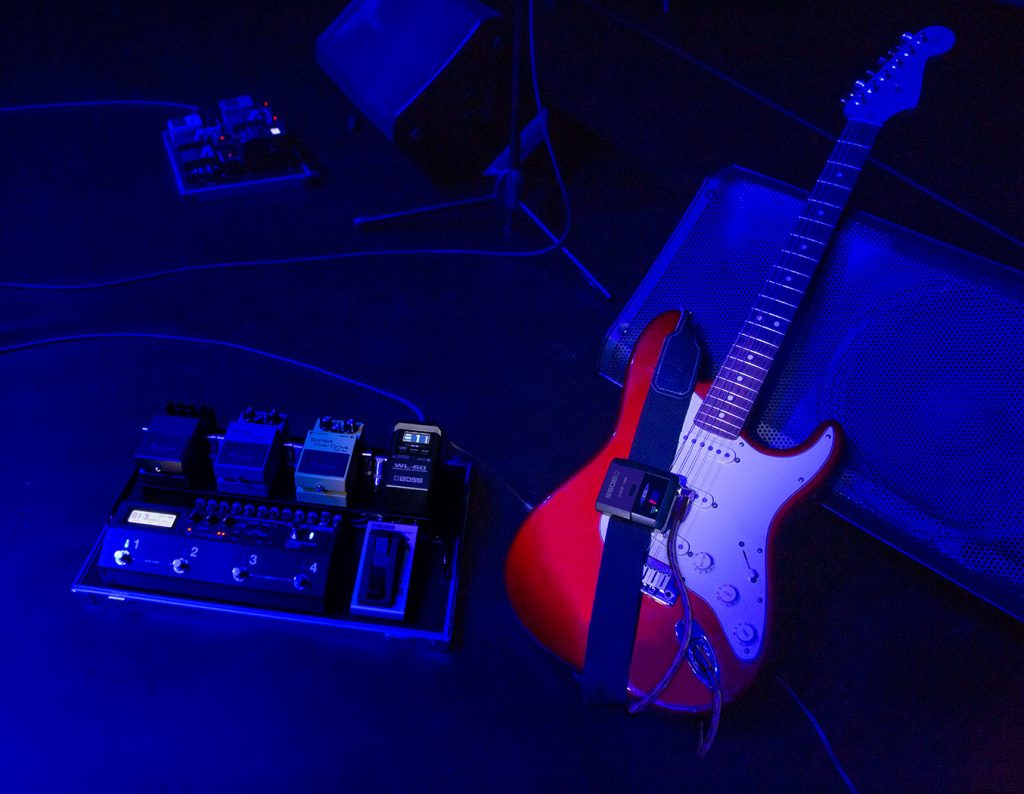
Find Your Own Path
By following the basic points we’ve discussed, you’re already on your way to achieving solid guitar tones. But there are many nuances to explore to hone your sound even further.
The BOSS ES-8 and ES-5 effect switchers are great tools to help optimize your tone. They provide switchable audio loops that allow you to completely remove pedals from the signal path when you’re not using them. In addition, they have selectable buffers on the input and output, with on/off status that can be programmed into patches for different configurations. BOSS 500 series pedals also feature selectable buffers, so you can experiment with turning them on and off to find what sounds and feels best in your rig.
"BOSS 500 series pedals also features selectable buffers, so you can experiment with turning them on and off to find what sounds and feels best in your rig."
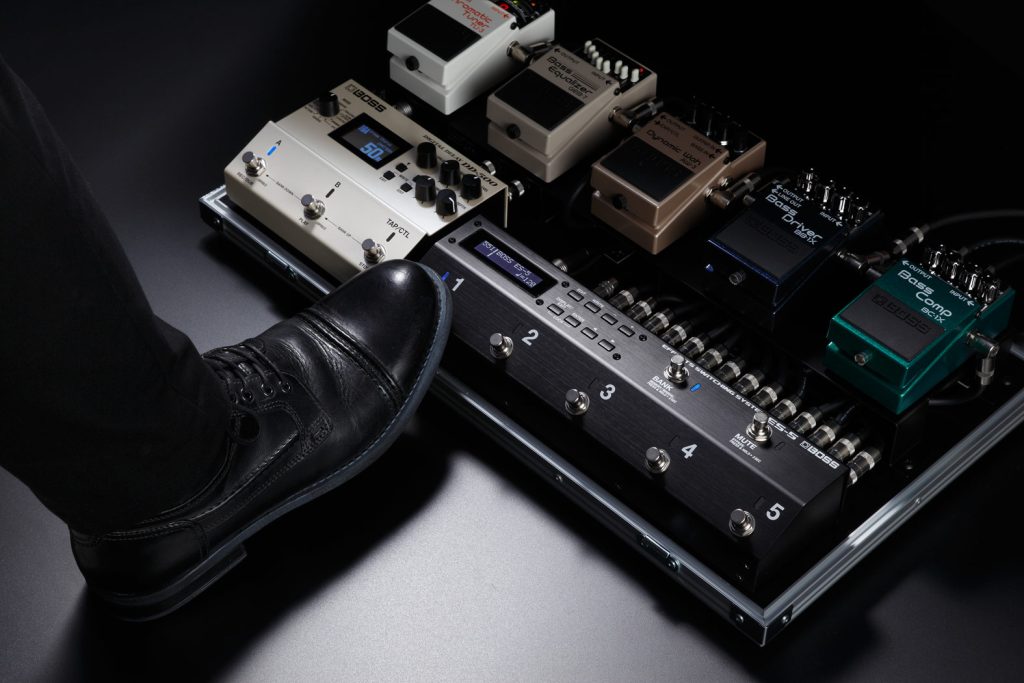
You can also experiment with the length of your primary guitar cable to shape the fundamental tone before it hits the first buffer. Some players like the dark sound of long cables, while others like to keep them as short as possible for the most bright and responsive tone. Different cable brands have varying capacitance specs, so that’s something to check out as well.
Finally, many experienced rig builders have shared info on YouTube and other web sources about the finer details of using buffers in expanded pedal setups. They’re great resources for gaining more knowledge on your guitar tone journey.
